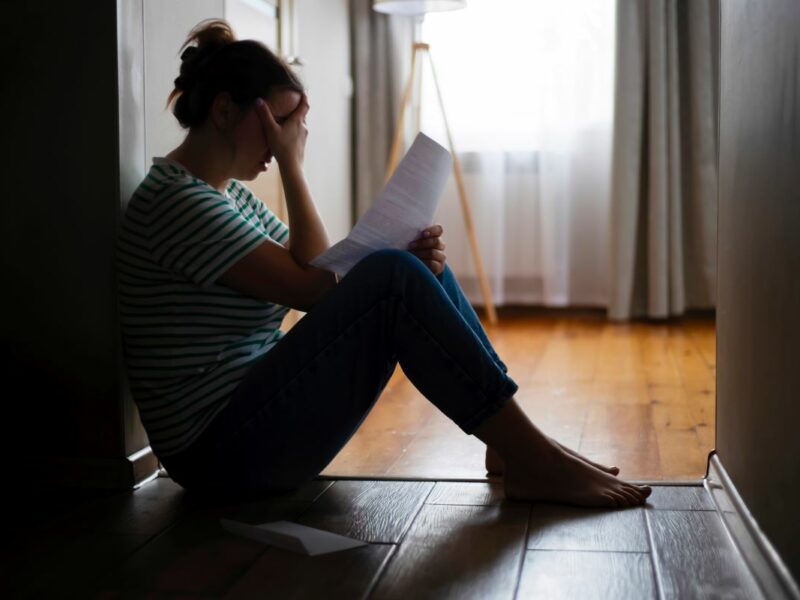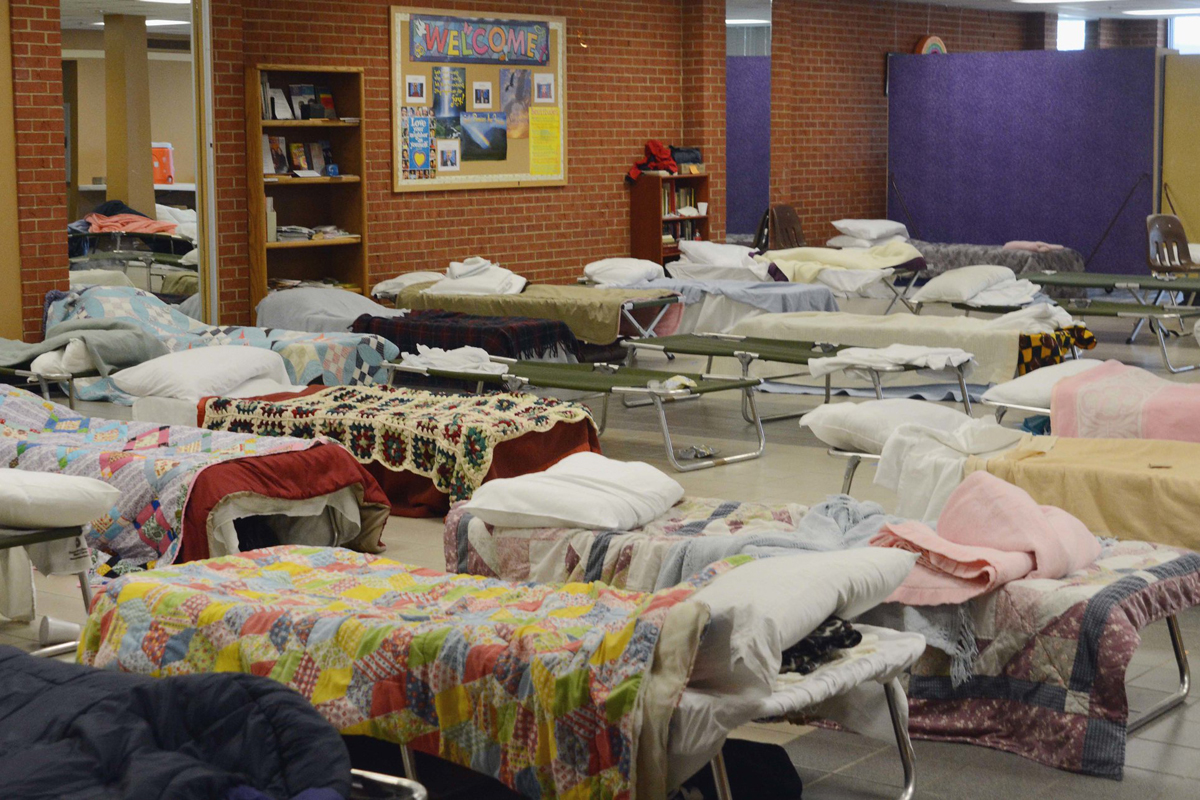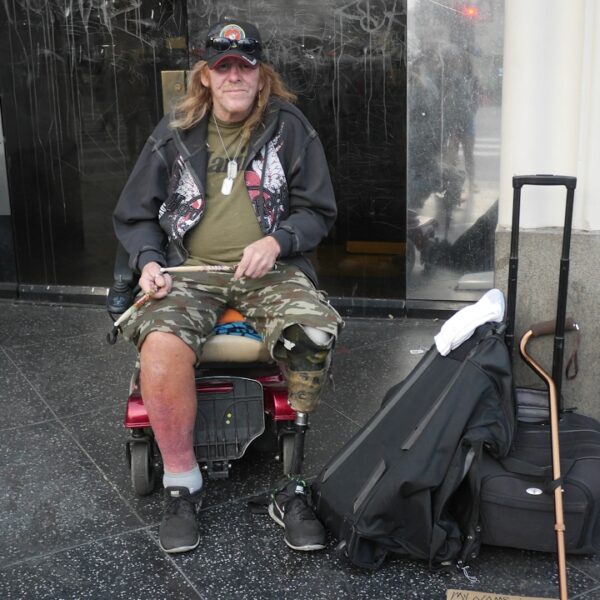There are many challenges homeless women face that homeless men do not. Women can have different experiences leading up to and contributing to their homelessness, such as fleeing abusive relationships. They, and the children who often accompany them, have needs that shelters don’t think about, much less accommodate.
Homeless shelters have powerful potential to help or hurt. They can provide hope and jump start healing, or they can break spirits. When they don’t provide measures to make women feel safe and accepted, staying at a shelter can be harmful and even dangerous. In an environment like this, women may as well choose the streets. They may go back to abusive partners, engage in survival sex, or turn to other risky means of survival.
Making homeless shelters work for women is necessary if they are to be effective. Below are a few factors to consider when doing so.
Personal Safety & Security
Being homeless means being incredibly vulnerable. With no home to retreat to and doors to lock, fear of victimization is constant, especially for women.
Many homeless women have been victims of violence, harassment, or sexual assault. A survey of homeless women in Skid Row found 50 percent had been victims of violence within the past 12 months. Fifty-five percent had been victims of domestic abuse. Violence can occur on the street, in homes and even within homeless shelters.
Women, who have been victims of violence or fear becoming one, may be especially cautious around men. Co-ed shelters can feel very unsafe. They can also become dangerous, especially at night when there’s less supervision. While co-ed shelters aren’t necessarily unsafe for women, there are stories of women being harassed and sexually assaulted in shelters.
Women-only shelters seem like the natural best choice, but most of them are strictly for women with children. There aren’t many options for women without children, so it often becomes a choice between sleeping on the street or going to a co-ed shelter.
There’s also the matter of domestic violence survivors. Escaping an abusive relationship is a terrifying experience; many times there’s a real danger of partners tracking their victims down. Specialized domestic violence shelters often have advanced security measures, like doors that cannot be forced open and alarms that automatically signal the police.
Homeless shelters aren’t likely to have precautions like domestic violence shelters have, but they can provide some measures of security to make women who fear violence and escape trauma safer. Things like security guards and cameras can give women much more peace of mind. As an example, New York City is taking steps to make shelters safer, including training staff how to spot and respond to a potentially violent person.
Accepting of Children
Mothers with children are the fastest-growing homeless demographic in the nation. They make up one-third of all people experiencing homelessness on a given night. Shelters that house families need to account for unique needs, such as:
- Flexibility in space to allow families to sleep next to each other
- Extra storage
- Supplies on hand such as diapers, wipes and formula
- Privacy for breastfeeding mothers
The needs of mothers and their children are very different from the needs of single individuals. It’s for this reason shelters catering to families often do so exclusively. Among the common benefits of family-only shelters are additional services; they may provide services like case management to help women enroll in programs like WIC or rapid re-housing.
Shelters that accommodate single individuals typically aren’t suited for children. Kids have more needs and can be disruptive. With children in tow, it’s easy for women to feel unwelcome and out of place in a traditional shelter.
While it might not be feasible for traditional shelters to implement all of the measures listed above to be accommodating to families, some require little planning and preparation. Any would go a long way toward accommodating a family that may otherwise have to look elsewhere for a place to sleep.
Feminine Hygiene
Access to feminine hygiene products is severely restricted when homeless. Women who are homeless are often forced to choose between buying tampons or their next meal. Menstrual products are expensive and the average woman will spend $11,000 over the course of her lifetime on them.
Yet menstrual products aren’t often thought of when considering basic needs of homeless people. They’re the most sought-after product in homeless shelters, but the least donated. What happens is women use toilet paper, cloth or even reuse menstrual products, which is dangerous as it can result in infection.
There’s also the matter of dignity. A sense of shame often accompanies periods for homeless women. Privilege has a lot to do with how we view periods. Housed women rarely give the matter a second thought, but for homeless women, periods are embarrassing, crude and anxiety-provoking.
Making pads and tampons available to women at homeless shelters may seem like a small action, but it makes a world of difference to women who view having such products as a luxury. They send a message that women are welcome, valued and worthy of dignity—a message desperately needed in the homeless community in general.
How Are Women at a Disadvantage in Your Community?
These are three of the most important components of women-friendly shelters. While stays in homeless shelters should only ever be temporary, their environments have the power to instill hope or re-traumatize people at their most vulnerable time. Even providing basic necessities can go a long way toward creating a welcoming and affirming environment.
Consider how you can do your part to advocate for homeless women. If you’re able, donate hygiene products, as well as baby and child supplies. Research the homeless shelters in your community and find out whether they’re accommodating to women—including single women—and families. If not, contact your representatives and advocate directly to your local shelters on behalf of homeless women. Shelters themselves often don’t know what they can do and are open to ideas. If you are willing to be a catalyst for change by lending a hand, it’s all the better.













